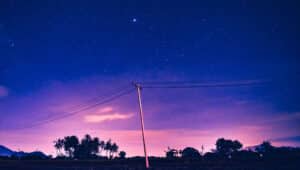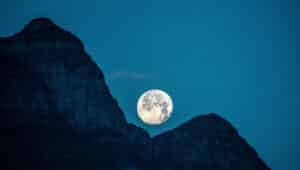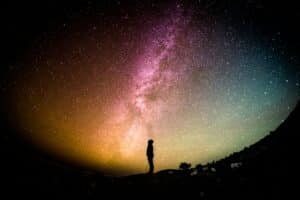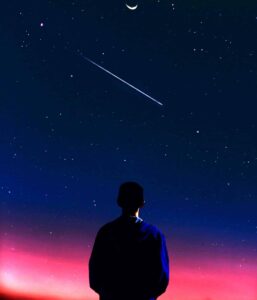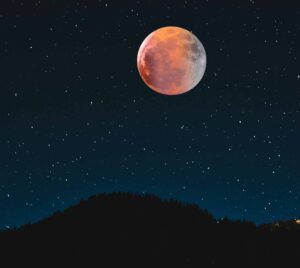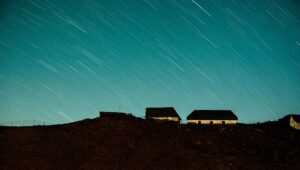Welcome to the November night sky. We only have two bright planets easily visible in the evening night sky.
The first is Venus still low on the western horizon as darkness falls. This planet will stay in the same location until the end of the month before disappearing in the evening twilight. On the 6th the crescent Moon will be close to Venus.
November is a good month to see Jupiter as the gas giant planet is rising in the east at around 9pm local time. The Moon is close to Jupiter on the 21st and through any telescope the four large Moons of Jupiter are well visible.
November 17 is the traditional peak of the famous Leonid meteors. This shower is strong every 33 years but this year it coincides with the bright full Moon, so much fewer meteors can be seen. The last good display was in 1999. So, 2032 is also expected to be good.
The much anticipated comet Ison is in the Virgo constellation during early November and has its closest approach to the Sun on the 28th, at that time it will be at its brightest but unfortunately also very close to the Sun, so it may not be visible due to the Sun’s glare.
At this point in its orbit, comet Ison will be travelling at more than one million kilometres per hour but being so close to the Sun it will receive 10,000 times the heat per square meter than the Earth receives.
If it survives the scorching heat it should be seen during the first week in December, just before dawn, with its tail pointing straight up from the eastern horizon.
By the third week in December, it should be seen just after sunset low in the west with its tail pointing north. If Ison performs well, it should be easy to see without any optical aid.
The new Moon is on the 3rd, first quarter on the 10th, full Moon on the 17th and last quarter on November 25.

